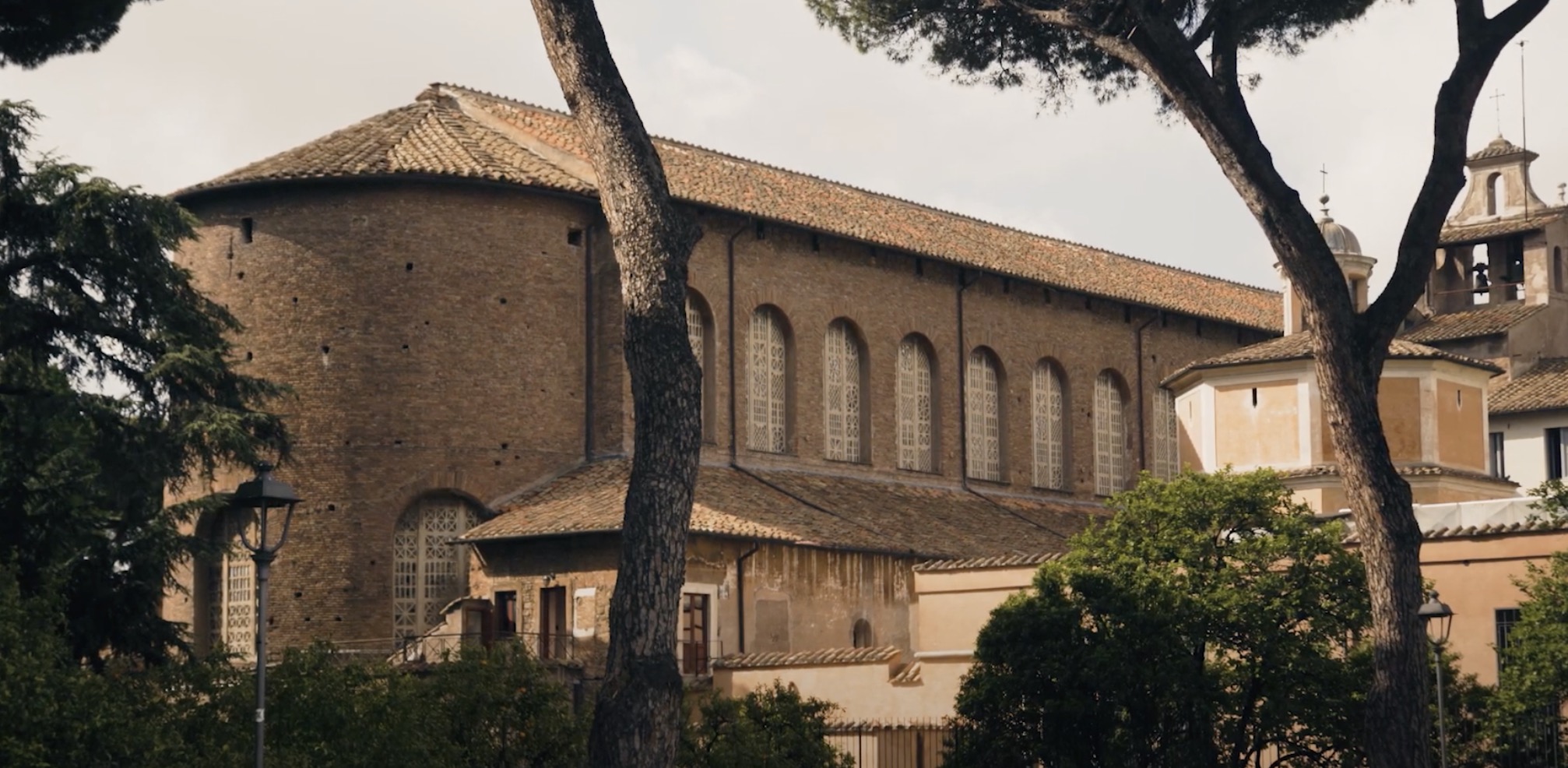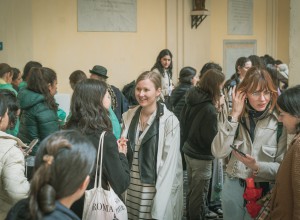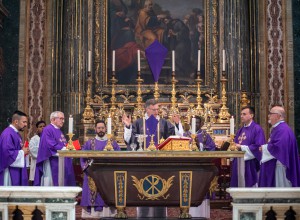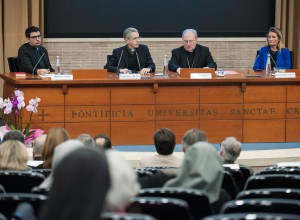Second season of "Learning Rome," here is the sixth episode "The Rome of Francesco and Domenico"

On Thursday, March 27, 2025, the 6th episode of the second season was released: 'The Rome of Francesco and Domenico.' You can watch it here."
On Thursday, February 20, 2025, the 5th episode of the second season was released: "The Reform of the 11th and 12th Centuries." You can watch it here."
On Thursday, January 23, 2025, the 4th episode of the second season was released: "From Saint Benedict to Charlemagne: roots of a New World." You can watch it here.
On Thursday, December 19, 2024, the 3rd episode of the second series was released: "Saint Gregory the Great and the Evangelization of Europe." You can watch it here.
On Thursday, November 21, 2024, the second episode of the second season, "Devotion to the Mother of God," was released. You can watch it here.
On Wednesday, October 23, 2024, (at 12:40 PM in the Álvaro del Portillo Auditorium), the first episode of the second season of Imparare Roma was premiered. This series of films on the Christian history of the Eternal City is promoted by our University and created in collaboration with students.
This first episode is dedicated to a group of Christian thinkers and writers who flourished after the peace of the Church and the construction of the first Christian basilicas, promoted by Constantine. In particular, it commemorates the presence of three great saints who left their mark on Rome: Saint Augustine of Hippo, Saint Jerome, and Saint Leo the Great.
Themes of the Second Season
In the second season, we will explore the long period typically called Late Antiquity, Early Middle Ages, and High Middle Ages. Following the peace of the Church and the construction of the first Christian basilicas promoted by Constantine, Rome echoed with the flourishing of Christian thinkers and writers: the Church Fathers.
The first episode of the second season is dedicated to them: "Rome of the Church Fathers," where we will recall the presence of three great saints and thinkers who left a mark on Rome: Saint Augustine of Hippo, Saint Jerome, and Saint Leo the Great.
Rome was also an important center of Marian piety as early as late antiquity: the city houses the world's first basilica dedicated to Saint Mary, the Mother of God (Theotokos), and the oldest Marian representations. In the second episode, titled "The Devotion to the Mother of God in Rome," we will see some of the most venerated Marian icons.
Few might know that Rome has been a center for spreading the Gospel among pagan peoples since ancient times. In the third episode, titled "Saint Gregory the Great and the Evangelization of Europe," we will explore the role of that great pontiff in propagating the Gospel in England and other peoples, and we will learn the story of Saints Cyril and Methodius, who came a few centuries later and were the evangelizers of the Slavic peoples. Cyril's tomb is venerated in Rome.
In the fourth episode, titled "From Saint Benedict to Charlemagne: Roots of a New World," we will discover that the father of Western monasticism and Patron of Europe, Saint Benedict, found his vocation in Rome; our journey through the Early Middle Ages will take us to Charlemagne, whose presence in Rome was fundamental for the construction of Western Christian civilization.
The fifth episode of the series is called "The Reform of the 11th and 12th Centuries," where we will analyze one of the most important moments in Church history, which left its mark on Rome: the Reform of the 11th and 12th Centuries, also known as the Gregorian Reform, which profoundly changed the Church.
The sixth episode will allow us to learn about the history of Saint Francis of Assisi and Saint Dominic of Guzmán. Titled "The Rome of Francis and Dominic," our journey will lead us to discover the places in Rome that recall the presence of these two great saints and founders who marked the history of the Church.
The seventh episode addresses a rather current topic: "The First Jubilee." In it, we remember how the Holy Years began, like the one we will celebrate in a few months.
The eighth episode of this second series will take us to particularly dramatic moments for the Church and Rome: the Avignon Papacy, during which the popes ceased residing in Rome, and the Western Schism (14th and 15th centuries). In these moments, two exceptional women supported the Church with their faith and strength: Saint Bridget and Saint Catherine of Siena. Both lived and died in Rome, and many memories of them are preserved. The episode is titled "The Story of Two Strong Women."
The ninth episode of the second series discusses "The Church in the Face of Humanism and the Renaissance," where we will discover the lights and shadows of this historical period and focus on some of the greatest artists who created a marvelous synthesis between art and faith.
Sezione:








